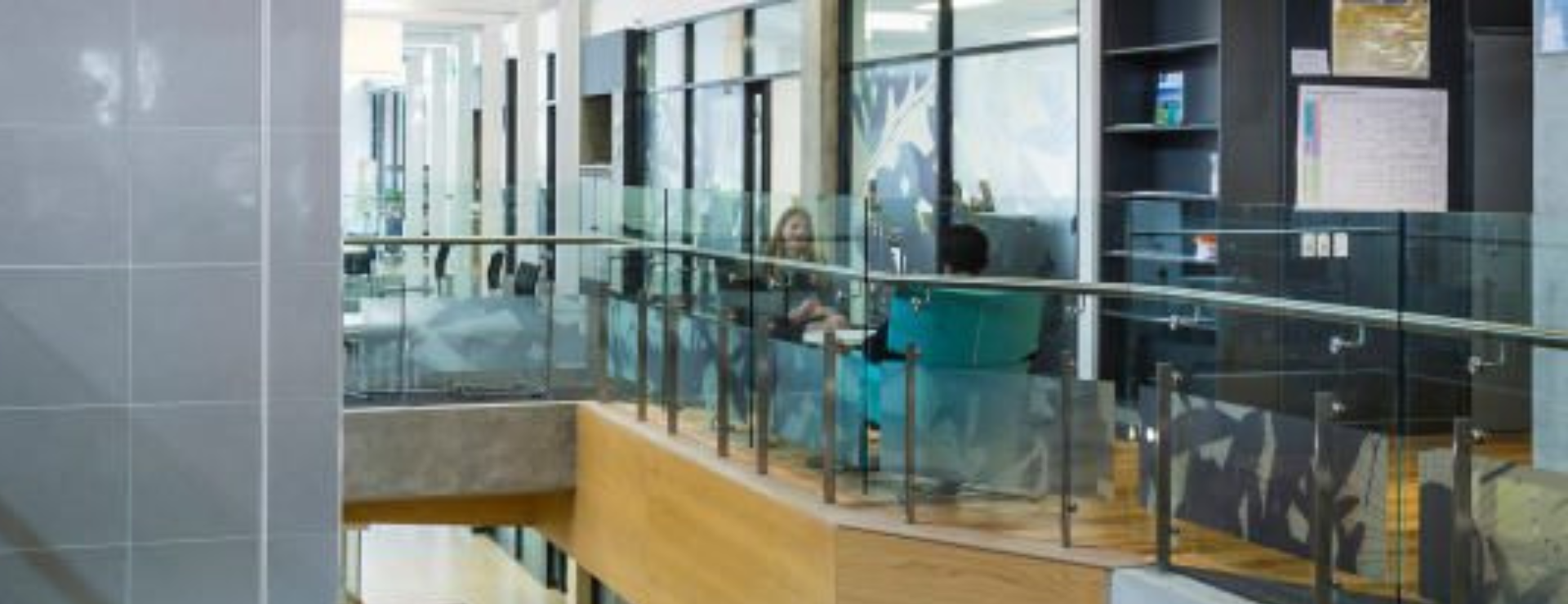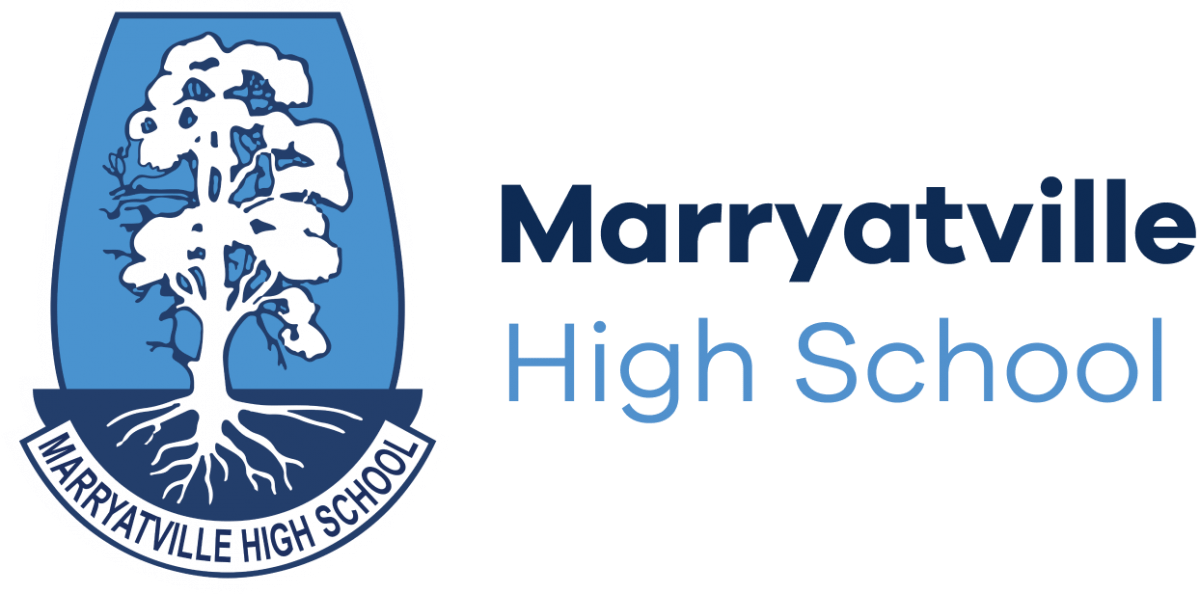Background: Excellence and Innovation
Marryatville High School is a year 7-12 Department of Education school in Adelaide’s eastern suburbs. With around 1680 students and more than 150 staff, the school offers a broad and diverse curriculum. It is known for its academic achievement and its innovative use of technology; indeed, the school was one of the first in South Australia to see the potential in Vivi.
Nathan Burgess is the school’s Director of Information, Communications, and Technology, and one of his roles is to develop and implement a strategic vision for the school’s ICT. This strategic approach to technology is one of the reasons behind the school’s reputation for innovation. “Rather than trying to latch onto the latest shiny thing, we actually do a lot of due diligence around technology,” says Burgess. “We want to plan how it fits into our overall strategic roadmap.”
At Marryatville, every student is expected to sign up to the laptop program. Both students and staff use the same device—a flexible, rotatable HP machine with a full-touch digital pen. The idea behind this is that it removes technological barriers; if a teacher can perform a task on their laptop, the student should be able to replicate it—and vice versa. Recently, the focus has been on moving all textbooks to digital format, and the school is now working to have all staff and students working digitally with a pen on the screen.
The Challenge: Varied Technology
When Burgess first arrived at the school, it was clear that there was no unified approach to projection. Some parts of the school were still relying on HDMI cables, and others—like the English faculty—were using wireless display technologies that didn’t work effectively. In the Languages area, Apple TVs were in use, but these didn’t seem to work properly either.
The Solution: A Unified Approach with Vivi
Burgess, who was already familiar with Vivi from his roles as a teacher and an education technology reseller in Victoria, remembers asking why the school wasn’t using Vivi. He was surprised to find there was a general lack of awareness about the product. “I knew Vivi, and I knew it worked,” he says. “I gave it to a few people to play around with and, suddenly, everyone wanted to know when they were getting it.”
“I’ve always said that good, successful technology implementation is built around relationships,” says Burgess. “You have to build good relationships with companies and keep working to develop them.” And that’s something he has successfully built with the team at Vivi. “When we were implementing Vivi, we were putting ticket after ticket into the Department. Vivi were awesome in helping us through this process and telling us what needed to happen.”
Initially, some teachers were a little worried about stepping into the unknown. Specifically, teachers who already had interactive LCD screens or projectors in their classrooms thought they might lose some of the interactivity they already had. But once they started using Vivi, they realized they weren’t losing anything. “Before,” says Burgess, “they had to write on a screen with a pen. They had to go to the front of the class to do that. Now, they could do the same thing on their laptop from the back of the class and have it display on the screen at the front.”
As well as the functionality Vivi brought to the classroom, the teachers quickly learned to rely on it. “That’s one of the great things about Vivi,” says Burgess. “Before Vivi, we were forever replacing lost or broken HDMI cables. When people went to project, they couldn’t. Now, there’s no reason why our teachers can’t project—every room has Vivi and everyone knows how it works.”
The Benefits of Vivi
It’s clear that the school has benefited significantly from implementing Vivi, but we asked Burgess if he felt he could put a number on what Vivi has brought to the school.
“How do you quantify reliability and confidence?” he said. “What I can say is that our teachers walk into a classroom with the expectation of reliability. No matter what space they are using, they know the technology will work. They no longer lose time looking for cables or dongles so they can connect to a screen. I don’t know how to put a value on that, but it’s valuable!”
“We also save time troubleshooting,” he continues. “My technical team can problem-solve any Vivi issues from their desks, whereas before, they had to physically go to the room armed with a selection of cables in case they were the cause of the problem. There are certainly time savings there, and there are absolutely savings in not having to replace broken cables. But that’s not the big benefit; the big benefit lies in reliability and consistency. It lies in the confidence our staff have in using Vivi.”



